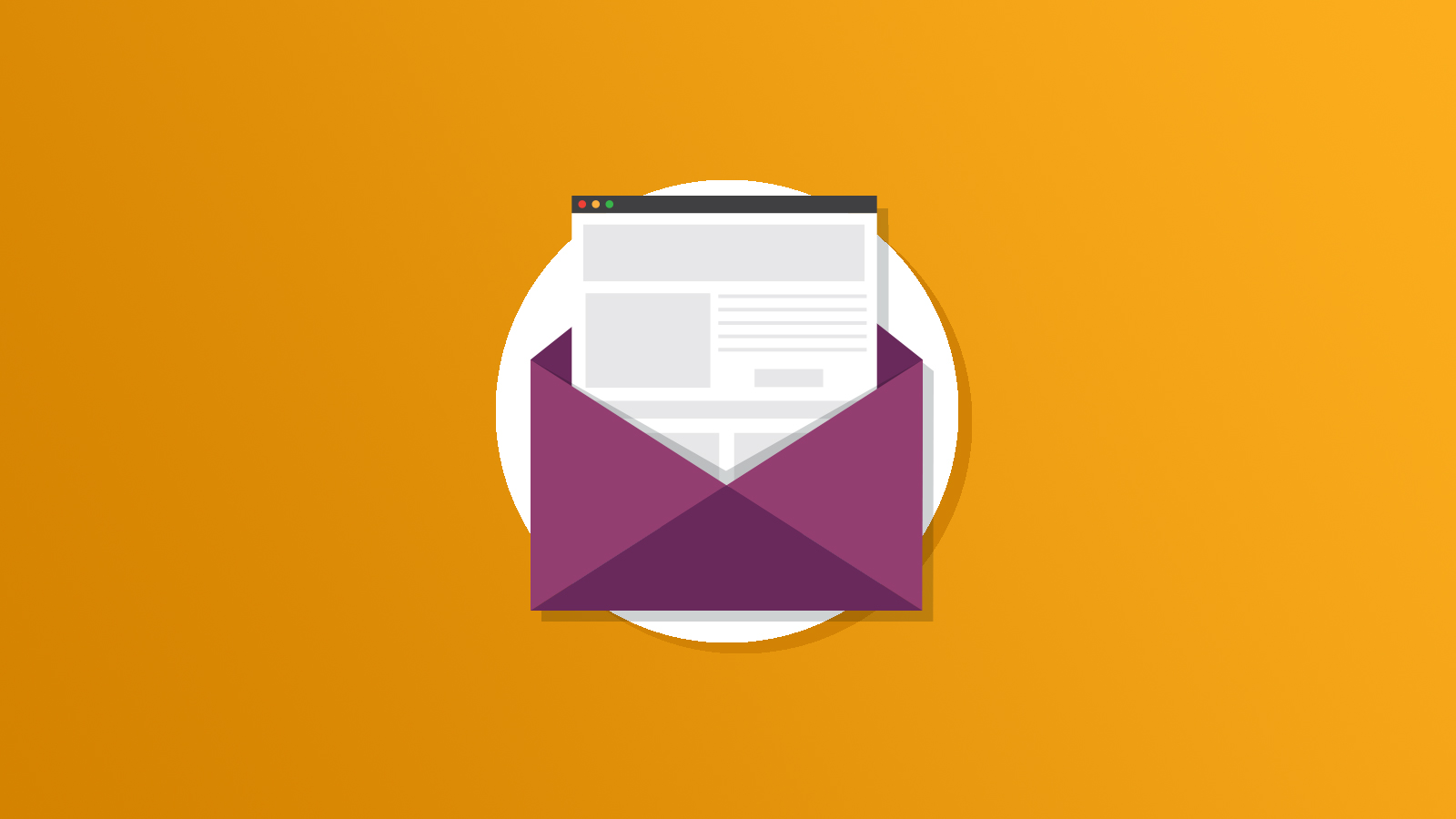5 Tips for Adapting to Gmail’s Tabbed Inbox
Email is evolving, and you should too.
Gmail introduced the "tabbed inbox" in
May of this year, sending shockwaves through the email marketing community. Marketers worried that they would see a significant drop in their Gmail open rates, but so far that doesn't seem to have happened. As users adjust to the new layout and change their habits we may see a deeper shift in open rates. Yes, change is scary, but don't panic just yet. Going back to marketing fundamentals will help you adjust to these changes.
How does Gmail's tabbed inbox work?
Emails are sorted into various tabs, including primary, social, promotions and updates. The
primary tab is for a user's personal email conversations.
Social includes updates from sites like Facebook, LinkedIn and Google+.
Promotions contains marketing emails from companies like Groupon, Living Social, Best Buy, Dell, and so on. The
updates tab catches most of the
transactional emails a user receives, like account balance notifications, eBay invoices, and purchase confirmations.
Emails are sorted by Google behind the scenes. An email with an unsubscribe link is pretty much guaranteed to go to either the Promotions tab or the Updates tab. So far we haven't found a way to circumvent this sorting system, nor do we think you should. The system was put into place to help users manage their email. Even if a way to circumvent it was found, many users would be annoyed to find those emails showing up uninvited in their primary tab. If you really can't stand the thought of landing in promotions, we recommend you try #5, below.
Those users who access their Gmail account through the iOS native Mail app (see
Mail vs. Gmail if you're confused) won't see the tabbed inbox. The tabbed inbox is only visible when using the
Gmail web client or the
mobile Gmail app.
1. Watch Your Data
Don't freak out! First, watch the data and see what happens. Pay attention to
open rate,
open date (how long it sits in the inbox),
click rate and
revenue per email. These metrics will tell you if anything else needs to be done, like segmenting your list or attempting #5, below. You may not even notice a big shift in your numbers, but the data will be a much more reliable indicator than gut instinct.
2. Use Subject Lines with Shelf Life
Now that all of their promotional emails are sorted into another tab, users may not look at them until the end of the day, or every few days. That means that your "50% Savings Today Only!" email might look a whole lot less interesting by the time they get to it. Instead, use subject lines that will get their attention no matter how long they sit in the inbox.
3. Keep it Relevant and Interesting
Email marketers should aspire to do this all the time, but if you want to have a shot at the primary tab you'll need to step up your game. The good news is that users who are reading through the emails in their promotions tab are probably in a mood to shop. You're also not competing with messages from family members and social media updates. Capitalize on this by providing engaging, custom content that will capture your readers' attention.
You'll also want to control your frequency. The Gmail tabbed inbox will make it very easy for customers to see how often you're emailing them. If they feel like they're constantly deleting your emails, they might be more likely to unsubscribe. This is even more true if they open their promotions tab and see three or more unread emails they're not interested in.
4. Take Advantage of Your From Name
The "From" name you choose will be visible to Gmail readers in the tab's space while emails are unseen. If they know and love your content, they'll notice it while looking at their primary inbox and hopefully click over to see what you've sent. It's important to be consistent with your from name, so that customers will easily be able to identify emails from you. Establish a record of quality (see #3) and you probably won't find your open rates damaged.
Check out this example of from names appearing in the Gmail tabs. Each tab displays how many unseen emails there are in it, as well as the from names of the first few. When a user clicks on the tab to take a look, these notifications disappear whether or not the emails have been read.

5. Ask for the Primary Tab
Sometimes all you have to do is ask. We've already blogged about Groupon's "
Don't Miss Out" email, and it's a great example of this sort of request. You'll want to segment your subscriber list so that you don't send your non-Gmail customers a meaningless email. Be sure to include step-by-step instructions on how to move an email from one tab to another and confirm the change. Just know that many users who are happy with the sorting system won't move you even if you ask nicely.
How are your numbers?
If you've been collecting data on your campaigns and you'd like to share how your Gmail stats have been affected, please do so in the comments below!





